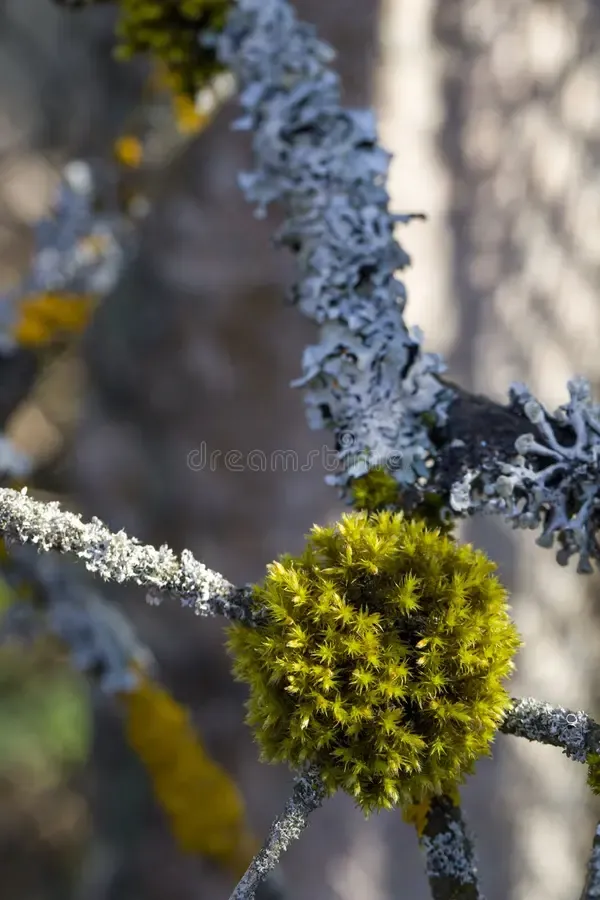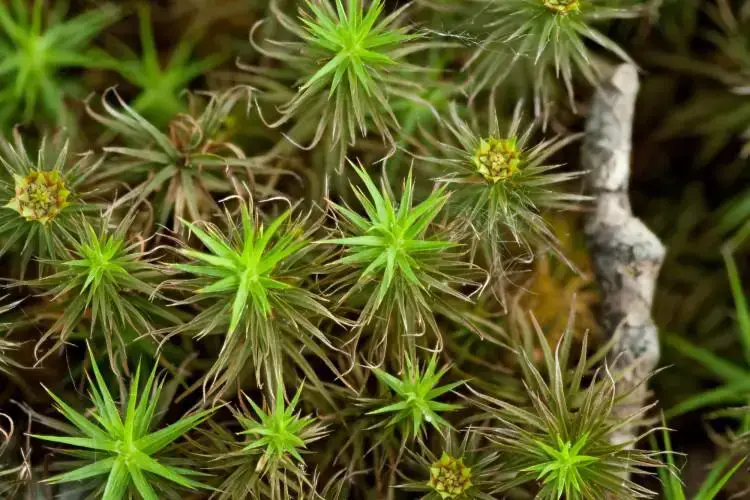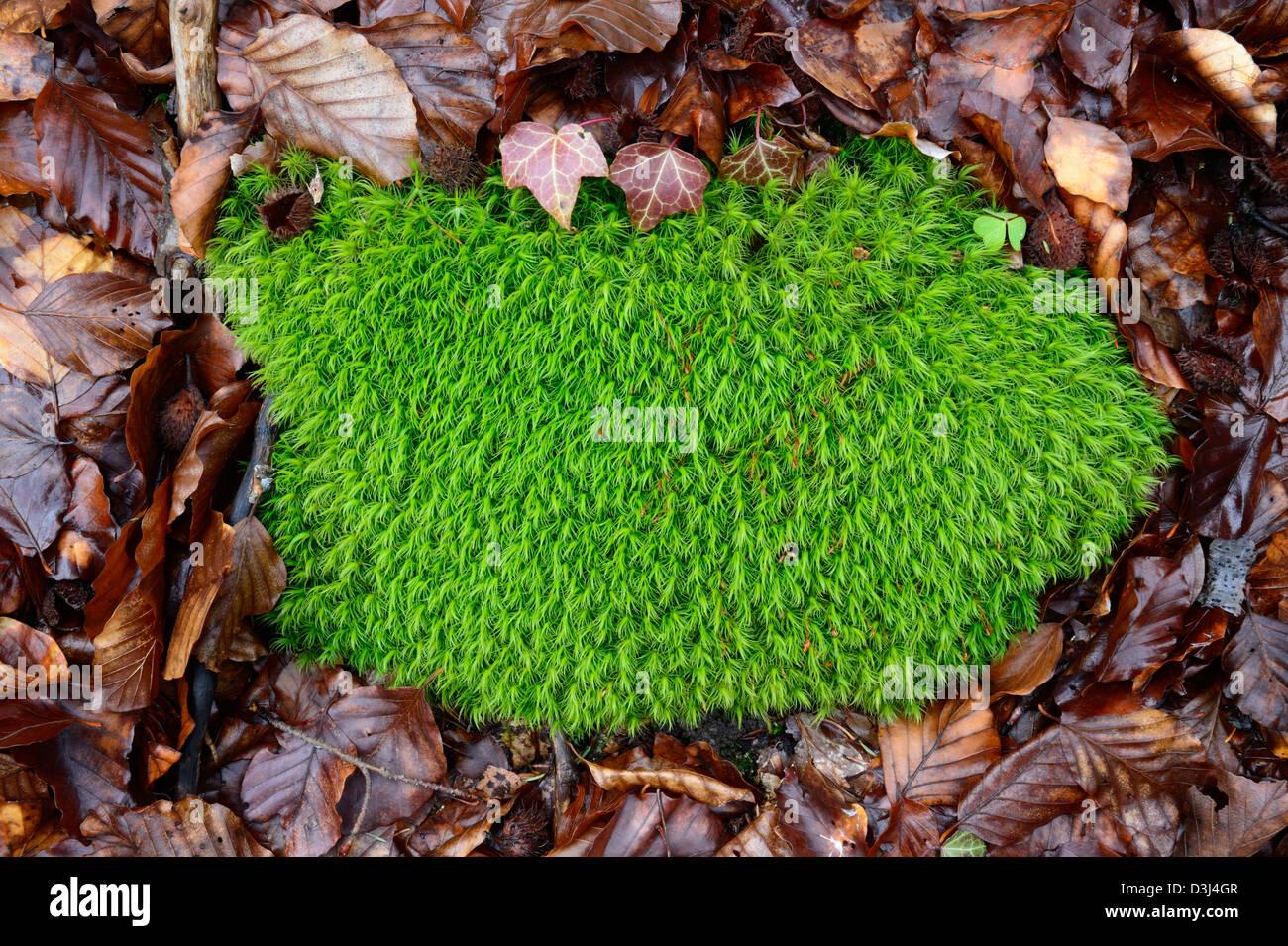
polytrichum-moss-branch-lichen-248648151.jpg from: https://www.dreamstime.com/polytrichum-moss-branch-lichen-image248648151
Exploring the Fascinating World of Polytrichum brachymitrium Moss
Introduction
Mosses are small but mighty plants that play important roles in ecosystems around the world. One particularly interesting species is Polytrichum brachymitrium Müll.Hal., a moss in the Polytrichaceae family. In this blog post, we’ll take a closer look at this fascinating plant, from its unique morphology to its global distribution and ecological significance. Get ready to dive into the captivating realm of Polytrichum mosses!
Background on Mosses
Before we focus on P. brachymitrium specifically, let’s review some background on mosses in general. Mosses are non-vascular plants in the division Bryophyta. They lack true roots, stems, and leaves, instead having structures that serve similar functions. Mosses reproduce via spores rather than seeds and require moisture for sexual reproduction. There are over 12,000 moss species found all around the world, from the Arctic to the tropics.

Polytrichum-commune-8-750×500.jpg from: https://ohiomosslichen.org/moss-polytrichum-commune/
Morphology and Identification
Polytrichum brachymitrium is a relatively large moss, forming tufts or cushions. Its stems are unbranched and covered in lance-shaped leaves that have toothed margins

common-haircap-moss-polytrichum-commune-D3J4GR.jpg from: https://www.alamy.com/stock-photo-common-haircap-moss-polytrichum-commune-53873815.html
. The leaves contain thin, longitudinal lamellae that help increase surface area for photosynthesis and prevent water loss. Capsules are borne on long, wiry setae and are cubic to cylindrical in shape. The calyptra (hood) that covers immature capsules is hairy.
Global Distribution and Habitat
This species is found in Asia, Africa, Australia, and the Pacific. It grows on soil, rocks, logs, and tree bases in forests from lowlands to mountains. P. brachymitrium can tolerate a range of conditions but prefers partial shade and moderate moisture. It often grows mixed in with other mosses and liverworts on the forest floor.
Ecological Roles and Adaptations
Like other mosses, P. brachymitrium plays several important roles in its ecosystem:
- Regulating moisture: Its dense tufts help trap and retain water, stabilizing soil moisture.
- Preventing erosion: By covering soil and rocks, it reduces erosion from wind and rain.
- Providing habitat: Many tiny invertebrates live among the leaves and stems.
- Cycling nutrients: As it grows and decomposes, it helps recycle nutrients.
P. brachymitrium has several adaptations that allow it to thrive:
- Lamellae on the leaves increase photosynthetic capability
- Wiry setae help lift spore capsules above the leaves for better dispersal
- Hairy calyptrae protect developing spores
- Rhizoids anchor the moss and absorb water and nutrients
Conclusion
From its eye-catching appearance to its ecosystem services, Polytrichum brachymitrium is a remarkable moss worth appreciating. Next time you’re in the forest, take a moment to search for this species’ distinctive upright shoots and hairy capsules. What other roles might this mighty moss play that we have yet to discover? The wonderful world of Polytrichaceae awaits further exploration!